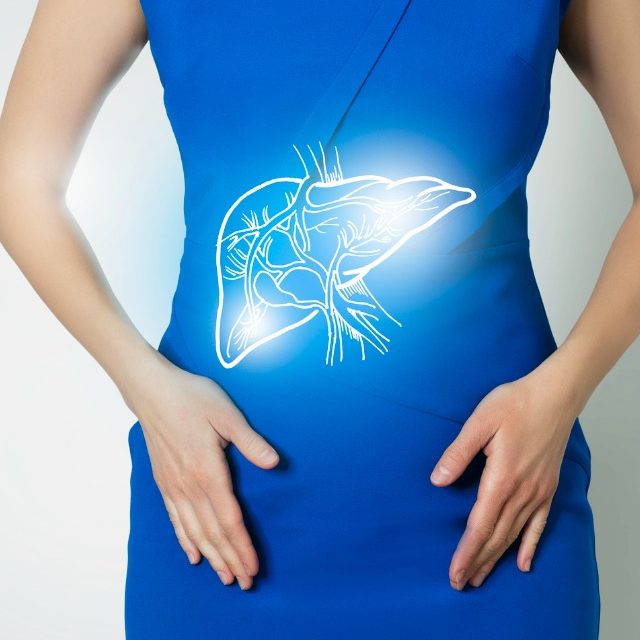Diagnostic laparoscopy
Diagnostic laparoscopy is a surgical procedure, which allows a doctor to have a look at the pelvis or abdomen. This procedure is conducted to diagnose infection and infertility issues. Trough this procedure, the doctor can check out organs like the large and small bowel, uterus, ovaries, and fallopian tubes and even the gallbladder and liver



